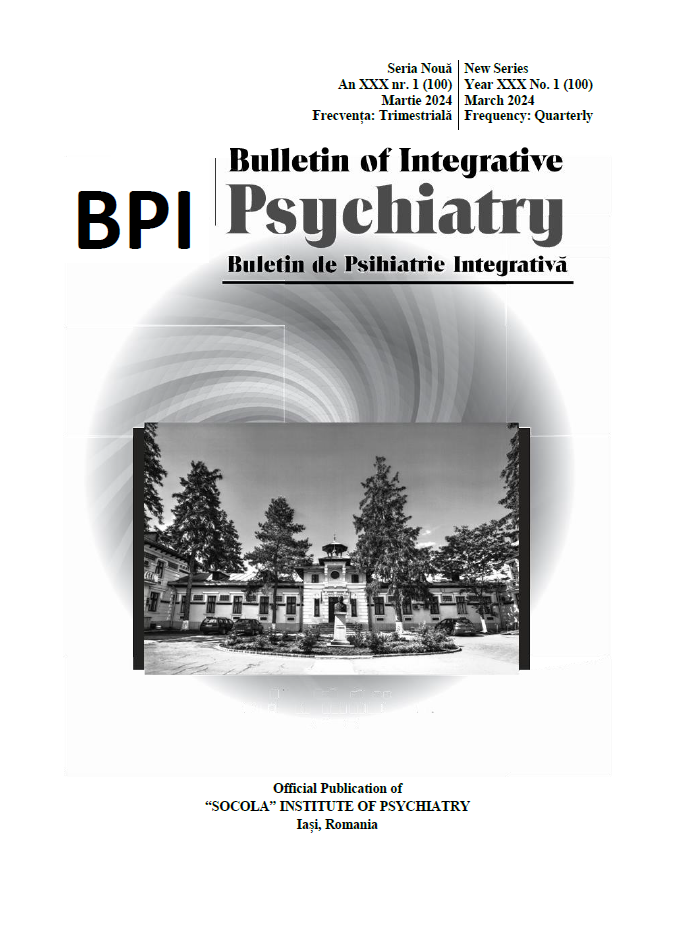The relevance of the apoptotic processes in autism spectrum disorders
The relevance of the apoptotic processes in autism spectrum disorders
Author(s): Cătălina Ionescu, Ioana Farcaș, Alin Ciobîcă, Manuela Padurariu, Sorin Cîmpeanu, Mirela Cîmpeanu, Lucian GorganSubject(s): Essay|Book Review |Scientific Life
Published by: Editura Sedcom Libris Iasi
Keywords: Apoptosis; autism;
Summary/Abstract: Autism Spectrum Disorder (ASD) is a neurodevelopmental disorder characterised byneuronal dysconnectivity which leads to impairment in language, behavioural and intellectual disability. The development of the autistic brain is presented as an initial neuronal overgrow which is followed by a rapid decline from adolescence to middle age. Although the exact cause still remains unknown, there are evidences involving apoptotic mechanisms in autism. Apoptosis occurs normally during normal histogenesis and organogenesis and has a crucial role maintaining a dynamic tissue equilibrium by regularly replacing mature cells of various organs. In the developing brain of infants with autism, there are deficiencies in apoptosis, while in childhood and adolescence autistic individuals there is an excess of "programmed cell, the proteins Brain-Derived Neurotrophic Factor (BDNF) and interleukin 1 beta (IL1β)could be involved in a new research direction aimed at investigating their roles in apoptotic processes in the autistic brain. In conclusion, based on the analyze of the scientific evidences the apoptotic dysregulation is very important in the autistic brain as well as the interplay between proinflamatory citokines IL-1B and neurotrophic factors including BDNF. Future direction should establish more clearly the exact place of this phenomena which may have relevance with respect of therapeutic approaches.
Journal: Buletin de Psihiatrie Integrativa
- Issue Year: 100/2024
- Issue No: 1
- Page Range: 33-45
- Page Count: 13
- Language: English

